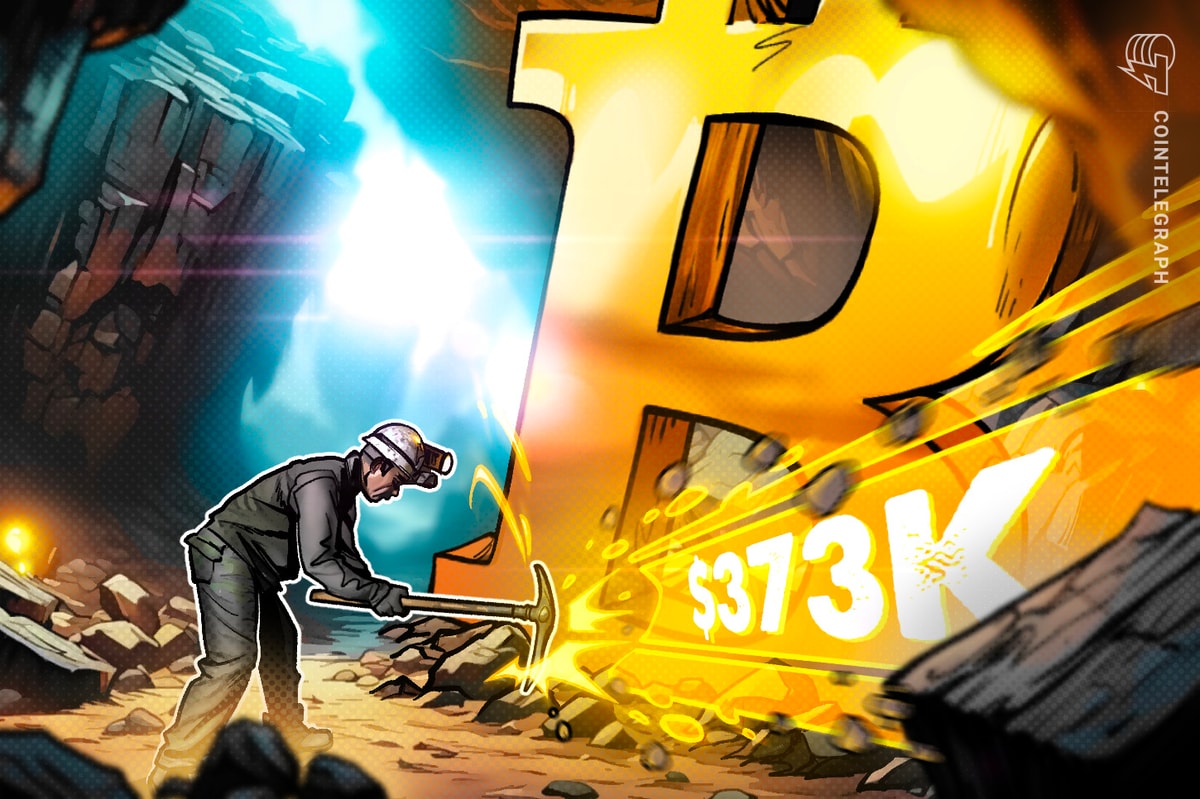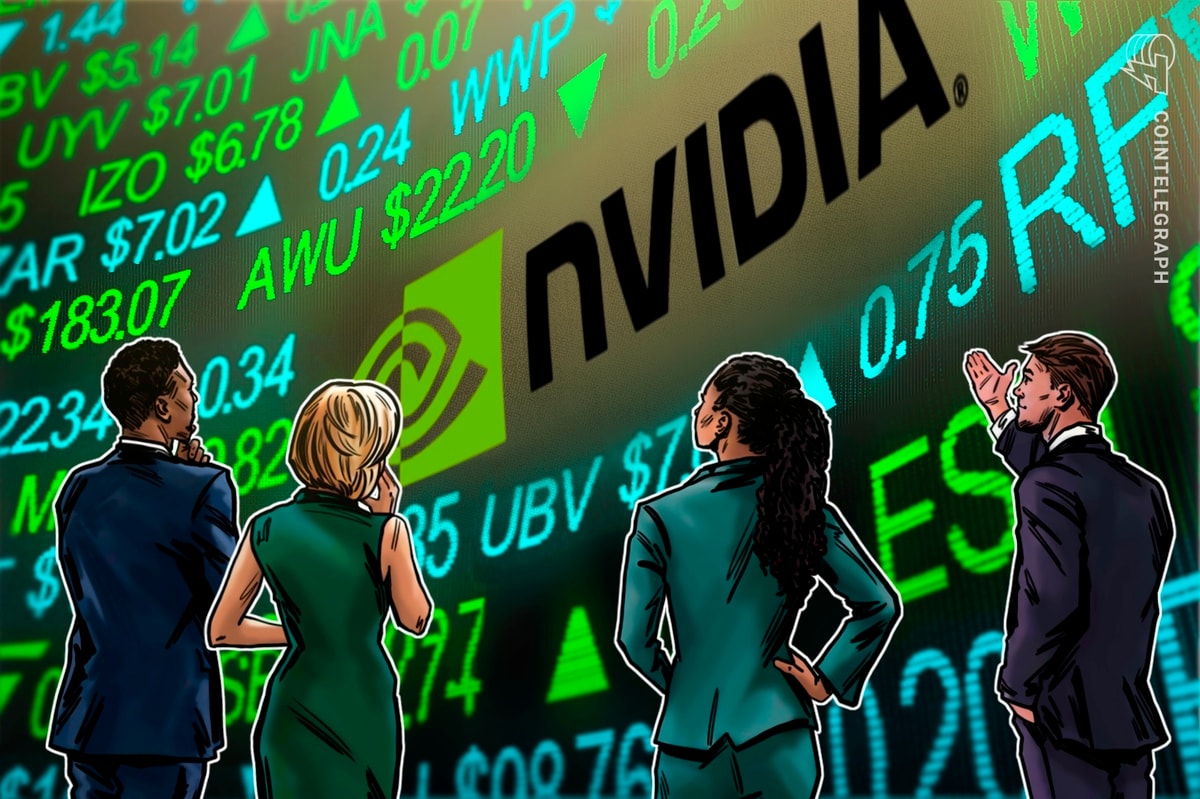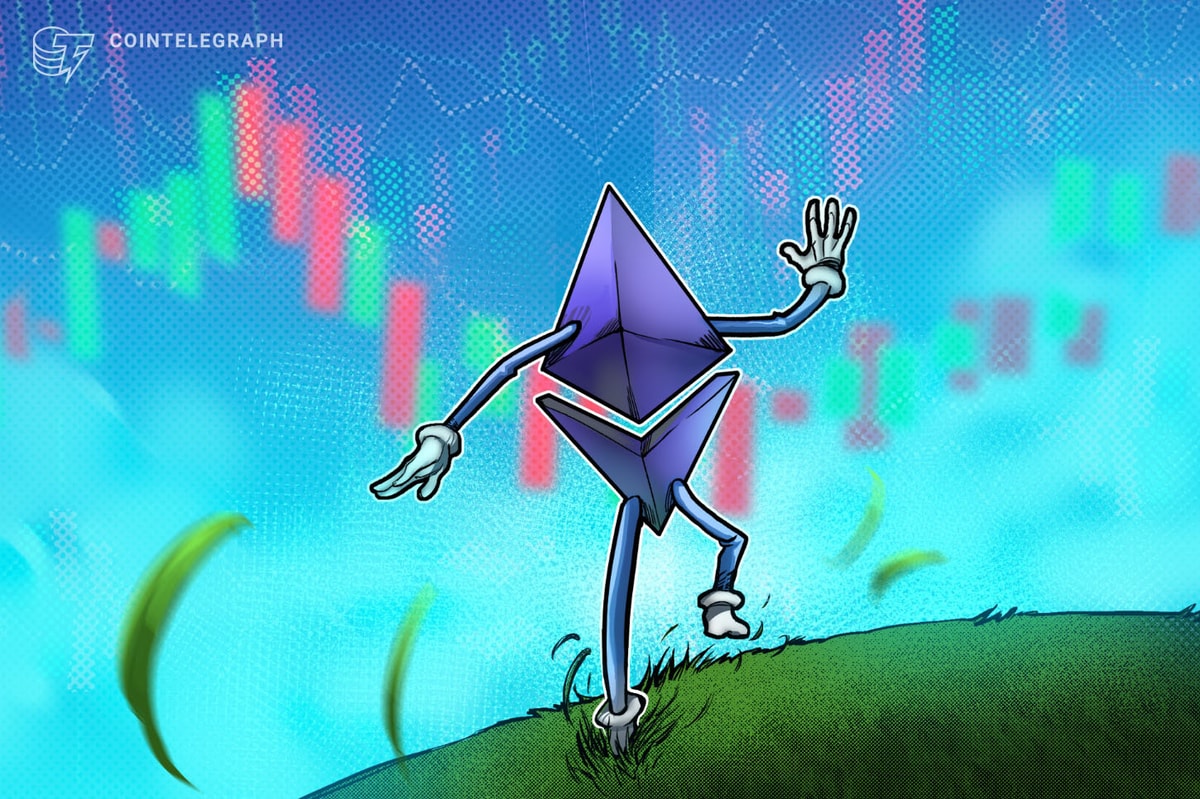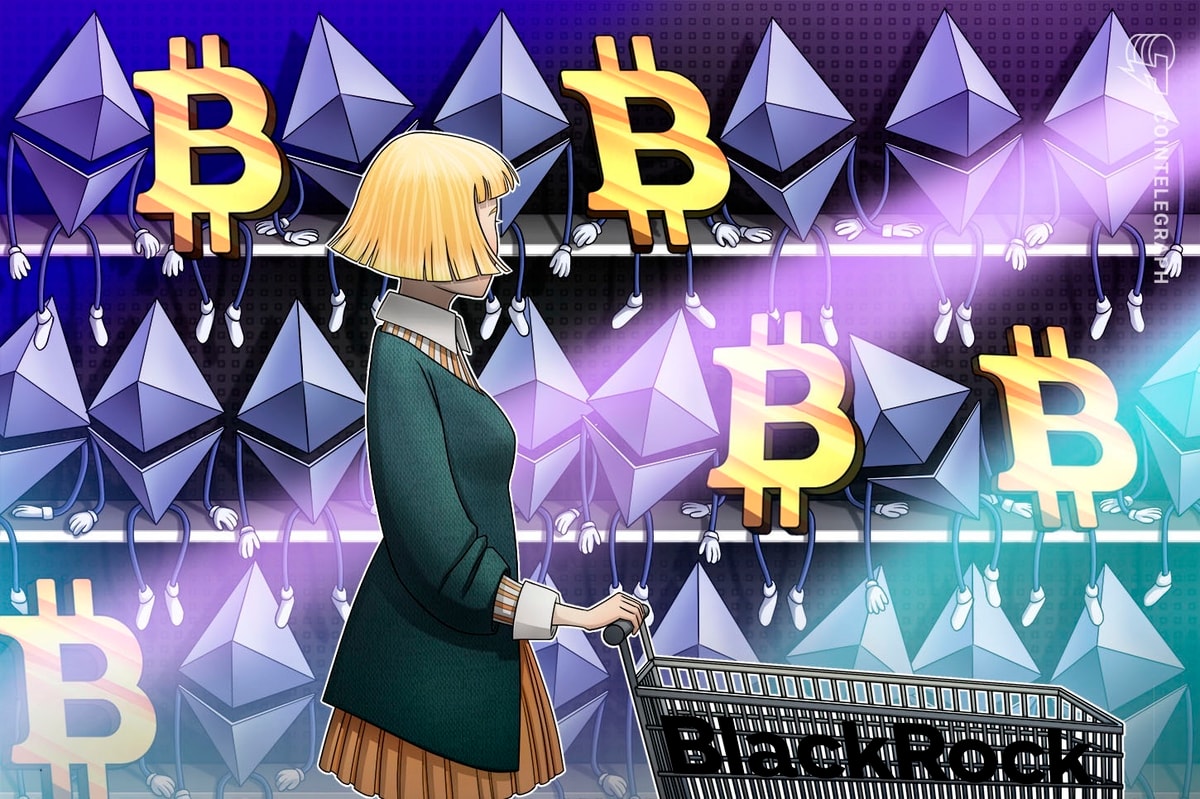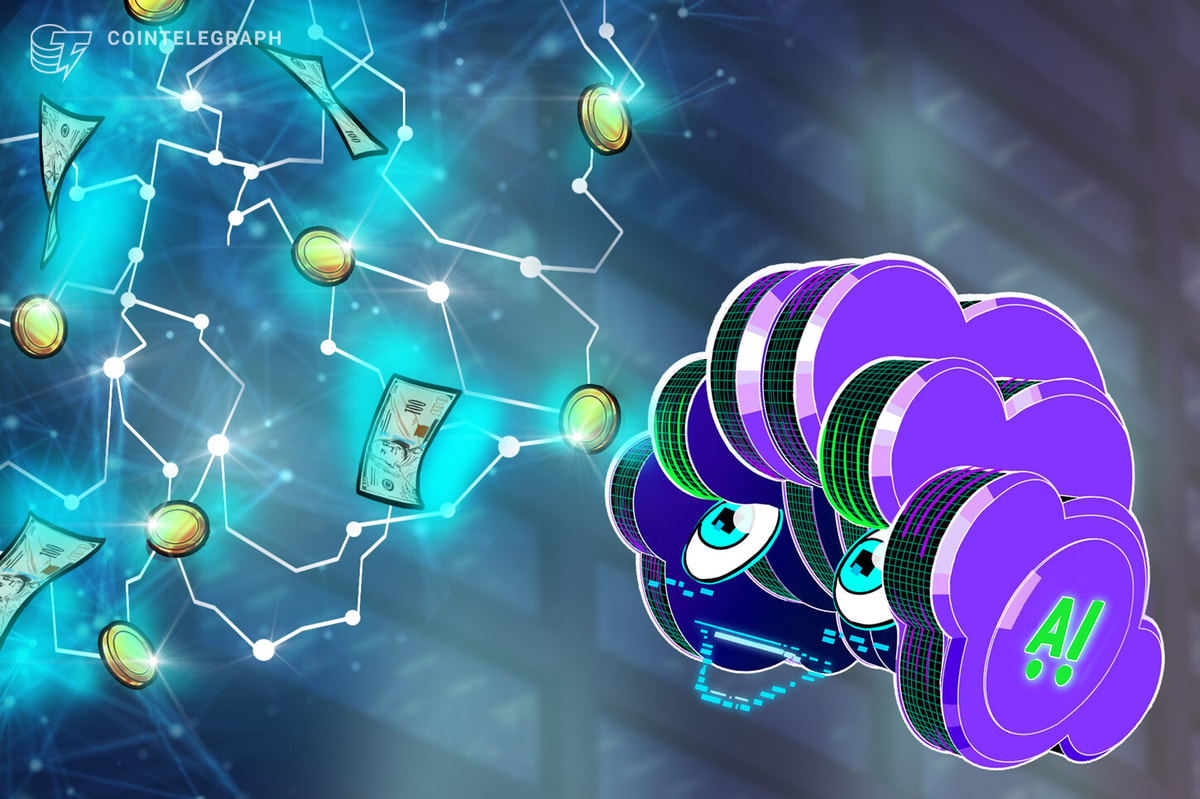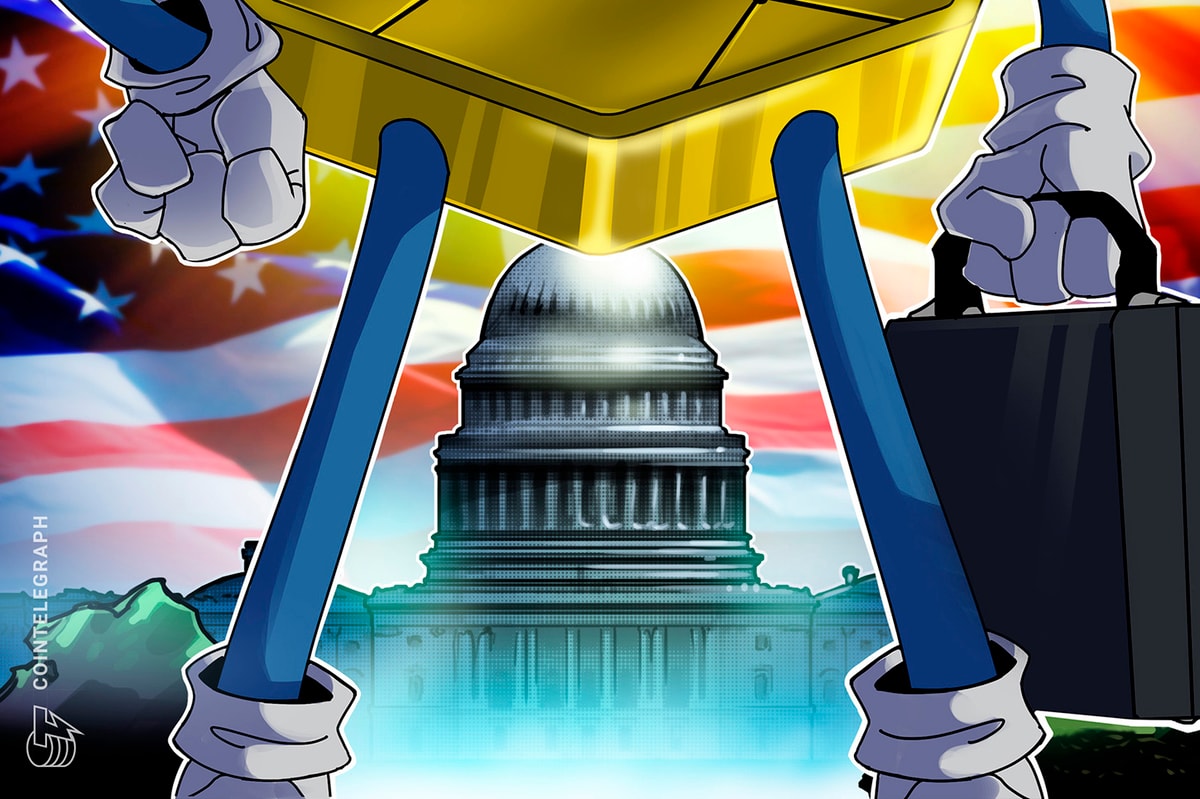How the $373,000 solo miner got their one‑in‑a‑million win
On July 26, 2025, a solo Bitcoin miner achieved an ultra-rare feat by mining block 907,283 through the Solo CKPool.
They overcame steep odds in a network dominated by industrial-scale operations to claim the full block reward of 3.125 Bitcoin (BTC), worth about $372,700. The block included 4,038 transactions and $3,400 in fees.
Solo CK is a unique mining pool that allows individuals to mine independently while using shared infrastructure. Unlike traditional pools, it doesn’t split rewards.
This rare success came as Bitcoin’s network difficulty hovered near all-time highs (around 26 trillion), which makes solo success increasingly unlikely.
Yet the miner beat millions of competing miners with sheer persistence and a bit of luck. The block’s successful addition to the blockchain served as a powerful reminder that even though the mining market has become highly corporatized and competitive, small players still have a shot at glory — even though the odds might be minuscule.
How the Solo CKPool works
Solo CKPool is primarily designed for miners who want to go solo without running everything themselves. Unlike traditional pools that split rewards based on hash power, Solo CK gives you the entire block reward — but only if you find the block. If not, you earn nothing.
It mimics true solo mining but runs on infrastructure maintained by the CKPool operator, which gives you more stability and better connectivity than running a node on your own.
The setup lets small-scale miners take a shot at full rewards, even if the odds are long. It’s a high-risk, high-reward play, ideal for those who understand the low probability but want the potential payout of 3.125 BTC in a single hit.
You can track your mining stats and block status through sites like solostats.ckpool.org and mempool.space. These tools help verify whether your miner has submitted a valid block. Every once in a while, someone does — like the solo miner who cracked block 907,283 — proving it’s possible.
Did you know? Satoshi Nakamoto mined the first Bitcoin block, the “Genesis Block,” on Jan. 3, 2009. It included a hidden message referencing a newspaper headline, proving it wasn’t pre-mined and marking the birth of decentralized money.
The odds and rarity of solo mining
Solo Bitcoin mining is brutally difficult in today’s hyper-competitive environment. The global network hashrate now sits at around 902 exahashes per second (EH/s), and mining difficulty has crossed 127 trillion. Industrial-scale operations dominate the field.
A miner with 1 petahash per second (PH/s) has roughly a one-in-4.26 million chance of solving a block on any given day. For perspective, you are far more likely to be struck by lightning than to mine a block solo at that rate.
This sheer statistical unlikelihood makes solo wins incredibly rare in 2025. But they still happen. And when they do, they remind everyone that Bitcoin was built for decentralization, where even the smallest player can walk away with the full block reward and transaction fees.

Other solo Bitcoin miner wins in 2025
A handful of solo Bitcoin miners have beaten the odds in 2025 to pull off wins that sent ripples across the mining community.
In February, for instance, one miner solved block 883,181 and pocketed the full 3.125 BTC reward (worth around $300,000 at the time).
March and June brought similar success stories, including one where a miner used a modest 480 gigahash-per-second Bitaxe rig — a low-power, DIY device — to mine a full block. For context, large mining firms typically run hardware rated at over 230,000 GH/s.
On June 5, another solo miner validated block 899,826 using the Solo CKPool and earned a reward of $330,386, which included 3.125 BTC from the block subsidy and 0.026 BTC in fees. The block contained 3,680 transactions, and the network difficulty was 126.98 trillion.
Did you know? The famous 10,000-BTC pizza purchase in 2010 likely came from early mining rewards. At the time, each block paid out 50 BTC, and coins were often traded or given away casually (long before they had any real market value).
How these solo Bitcoin miners still won
Solo Bitcoin miners continue to prove that efficient hardware, persistence and a bit of luck still pay off. Their wins keep the spirit of decentralization alive.
- Application-specific integrated circuits (ASICs): ASICs are purpose-built machines that deliver high computing power with low energy use. They give small-scale miners a fighting chance, especially when paired with platforms like Solo CKPool. Still, solo mining carries high risk. Most attempts go unrewarded, but once in a while, a miner solves a block and earns the full payout. These rare wins continue to motivate miners chasing that one big success.
- Core principles of Bitcoin: Solo mining victories do more than reward persistence; they demonstrate Bitcoin’s foundational ideals. These moments prove that anyone, anywhere, can help secure the network without permission. Each successful block highlights Bitcoin’s open and decentralized design. Put simply, solo wins stand as reminders of the individual’s power in a global network, in a system built for inclusion.
- Persistence and luck: Technical upgrades only go so far; persistence and luck still shape the outcome. Even with ASICs running nonstop, most solo miners know the odds are stacked. Yet they keep going, driven by the belief that one valid hash could change everything. In that sense, every win is part triumph, part testament to endurance.
Platforms like Solo CKPool make it possible for individuals to mine Bitcoin without joining a large corporate setup. Most solo attempts don’t result in a payout, but sometimes, luck aligns and a miner walks away with the full block reward.
Did you know? When Bitcoin launched in 2009, each block paid 50 BTC. The reward halves roughly every four years: 25 BTC in 2012, 12.5 BTC in 2016, 6.25 BTC in 2020 and 3.125 BTC in 2024. This steady reduction ensures scarcity, capping the total supply at 21 million.
The bigger picture: Industry pressures and shifts
Solo Bitcoin miners pulled off some rare wins in 2025 despite growing industry pressure. With rising costs and fierce competition forcing even large operations to rethink their strategies, these solo victories, often powered by modest hardware, stood out. They captured the community’s attention and reminded everyone that mining still leaves room for long shots and surprises.
- Rising costs and industry challenges: In Q2 2025, the average cost to mine 1 BTC exceeded $70,000, driven by a global hashrate approaching 1,000 EH/s and a mining difficulty surpassing 126 trillion. Corporate miners face tight profit margins, which prompt efforts to optimize energy use and secure affordable power sources.
- Strategic industry shifts: Major mining firms are diversifying into AI data centers and high-performance computing to counter declining profitability. These moves benefit from existing infrastructure for more stable returns, which reflects a broader strategic transformation in the industry.
Despite these challenges, solo miners with modest rigs continue to secure rare wins. These moments highlight Bitcoin mining’s unpredictable nature and prove that persistence and luck still matter.
Read the full article here







